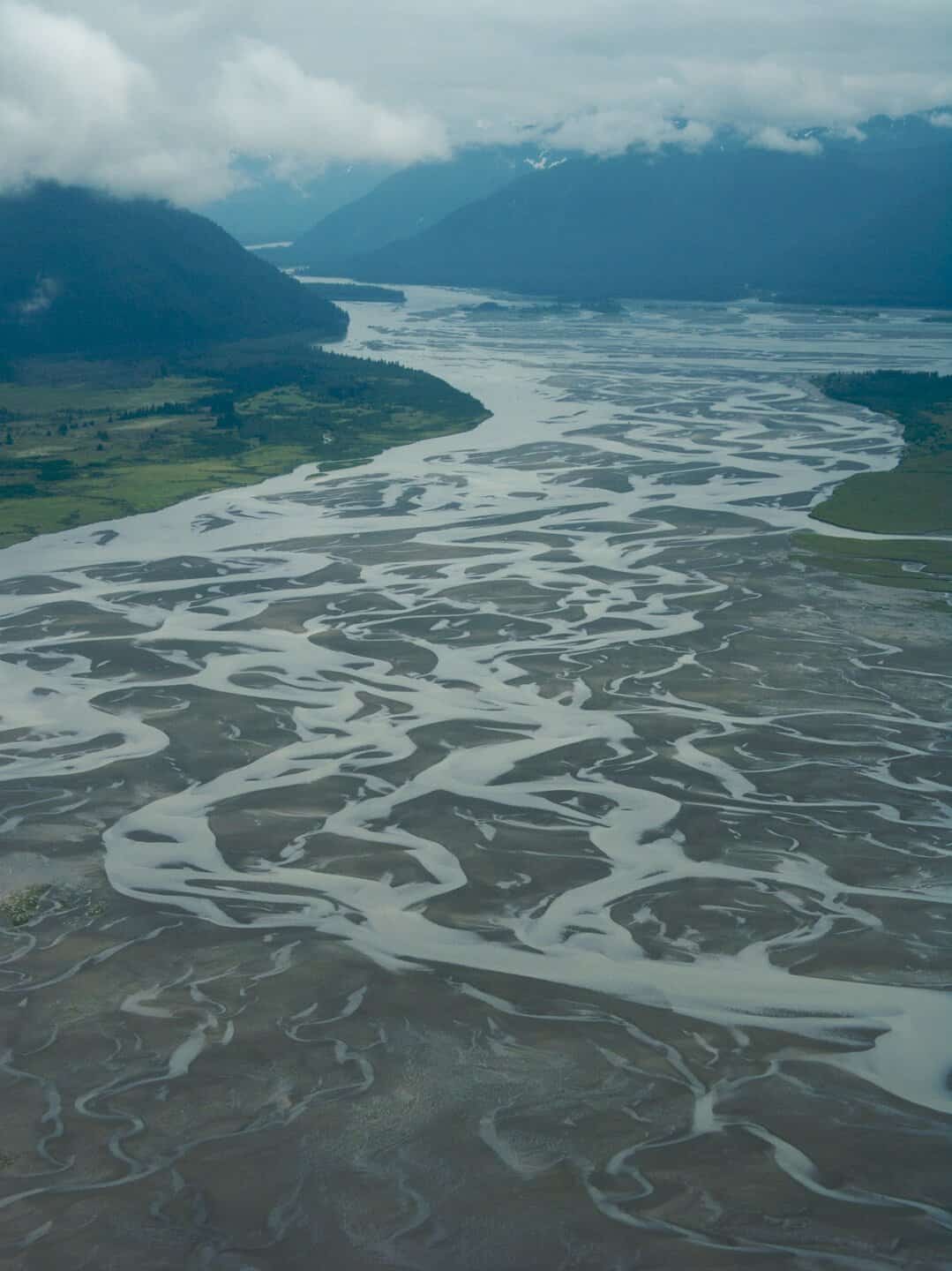During the last week of March, 2025, a Canadian non-government organization released a report that revealed Canada’s Red Chris Mine, located in the traditional Tahltan Territory of northern British Columbia (B.C.), Canada, is contaminating the groundwater, creeks, and lakes in the upper reaches of the Iskut River, the largest tributary of the transboundary Shtax’héen Héeni (Stikine River). The Shtax’héen flows into the United States at the community of Wrangell, Alaska, the traditional territory of the Shtax’héen Kwáan Tlingit people. The Shtax’héen is a critical salmon producer – historically, one of the largest king salmon producing rivers in the world.
Report findings include that critical fish habitat has been damaged and the containment of heavy metals is failing at the Red Chris Mine, potentially harming aquatic life and the communities dependent on salmon and clean water. Furthermore, as these heavy metals seep through the two tailings dams, the risk of catastrophic dam failure increases. It is predicted that these dams could destroy fish and wildlife habitat downstream and result in the loss of human life.
The tailings dams at the Red Chris Mine, co-owned by Newmont Corporation and Imperial Metals Corporation, have the same design as Imperial Metals’ Mount Polley Mine tailings dam that failed in August 2014, sending 6.6 billion gallons of toxic waste into the Fraser River watershed. It is essential to highlight that the Red Chris Mine waste facility is more than six times larger than Mount Polley’s and contains acid-generating waste. Furthermore, while Red Chris Mine is in operation, British Columbia’s government is fast-tracking proposal to ramp up copper and gold production at Red Chris and the development of the proposed Eskay Creek Gold Mine in the transboundary Unuk watershed. Gold is not a “critical mineral.”
“What the world must know is that if any of these dams fail, we have no recourse. There is no way to compensate for the loss of a way of life. No way to hold mining companies accountable. No insurance company in the world has covered mine waste dams. We all know if the mining companies had to be insured, their practices would change…they, too, know the risks of these massive waste dams. We hope that our First Nations relatives and that our elected lawmakers will join us in the call for a ban on tailings dams for any new mines upstream from communities,” said Tlingit & Haida President Chalyee Éesh Richard Peterson.
This report comes in the middle of B.C.’s 30-day comment period, which closes on April 10, 2025. Newmont Corporation and Imperial Metals Corporation propose to shift from open-pit copper and gold mining to underground block-cave copper and gold mining of low-grade ore at Red Chris and significantly ramp up production. Risks and uncertainties associated with block-cave mining include landslides and negative impacts on aquatic ecosystems, on top of the existing issues of toxic seepage and instability at the tailings dams as is outlined in the new report.

New Report: Canadian Mine Waste Contaminating Upper Reaches of the Stikine River Watershed
New Report: Canadian Mine Waste Contaminating Upper Reaches of the Stikine River Watershed
Published April 3, 2025